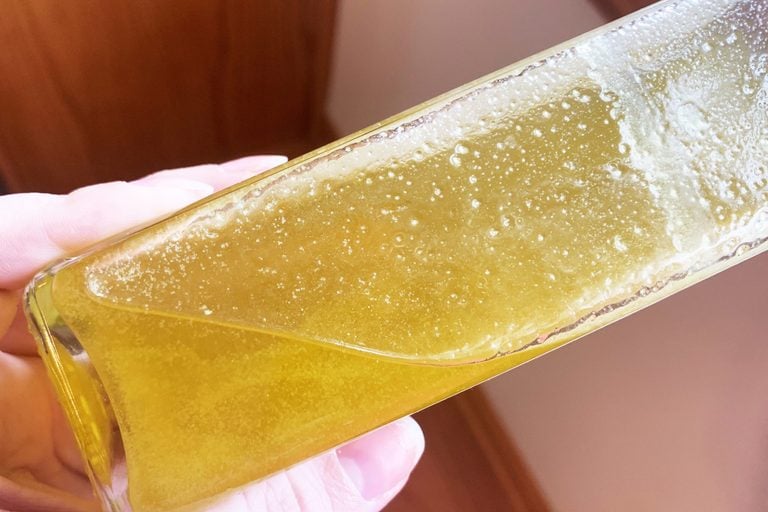 | Know that certain words are meaningless. Words like "light," "natural," or "pure" are all unregulated terms and don't carry any
meaning.
In the US, terms like "first pressed," "cold pressed," and "first cold
pressed" are also unregulated and therefore
meaningless ó those terms date back to old ways of making oil
that are rarely used now. |
 | Only buy "extra virgin" olive oil.
Even if much of that is faked, know that things just labeled "olive oil" or "pure olive oil"
are even more likely to be poor quality. |
 | Olmsted also recommends certain producers,
including
|
 | Certain retailers also stock high
quality oils, including
|
 | Certain certifications are excellent
signs of quality.
|
 | If you can find a harvest date on a bottle, that's great ó
you don't want anything older than one year old.
|
 | Fresh is key. You don't want to expose the oil to
light, which will degrade it, and it starts to go bad as soon as
you open it. For that reason, Olmsted recommends
small cans or bottles that you use quickly. |
source Kevin Loria, Tech Insider
A daily dose of OLIVE oil may lower risk of dying from Dementia
Study shows Extra Virgin Olive Oil
staves off multiple forms of dementia in mice

What is the White Stuff in Olive Oil?
While loose fragments in your olive oil can be an indicator of the product going
bad, thatís not always the case. Cold temperatures are probably the culprit
behind your olive oilís coagulation.
Like a variety of other fruits, olives have waxy, protective coatings. (Think
about the shiny peel of a Honeycrisp apple.)
When olive oil is placed in a cold environment, the natural waxes start to
separate from the liquid, and come together in small fragments or clumps.
The white stuff in olive oil might not look appetizing, but this process is
natural and wonít harm the flavor.
How to Get Rid of It
How can you tell if your oil
is going bad or if itís simply cold? If youíre on the fence about whether
something is good or not, err on the side of caution. However, to know for sure,
all you need to do is warm the oil up a bit.
According to Olive
Oil Marketplace, quality oil that has separated due to freezing temps will
return to its clear, normal consistency after it warms up. If you notice waxy
white flecks floating around in your oil, let it come to room temperature.
If things still look cloudy after some time, soak the bottle in a warm water
bath. It should completely clarify if itís good to use.

